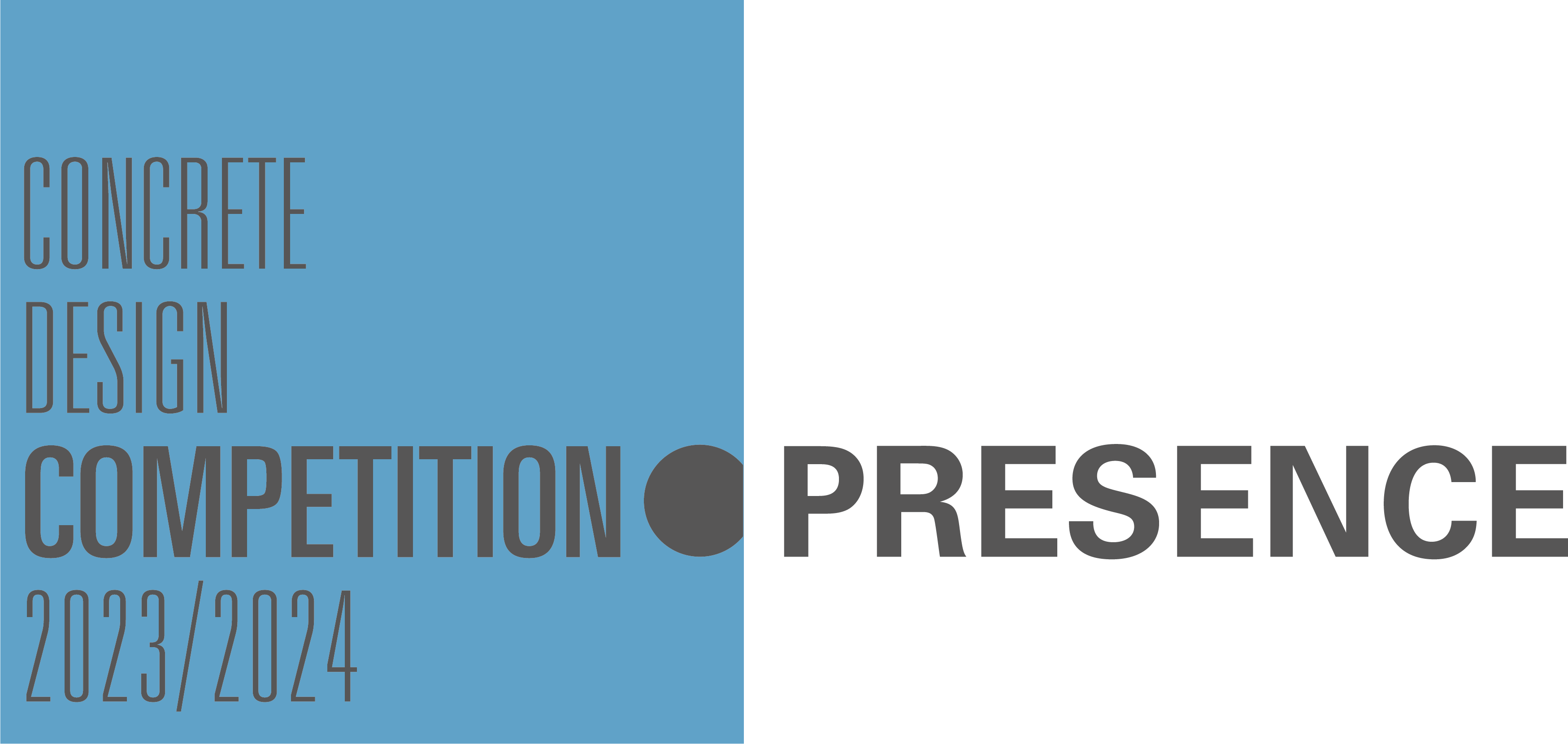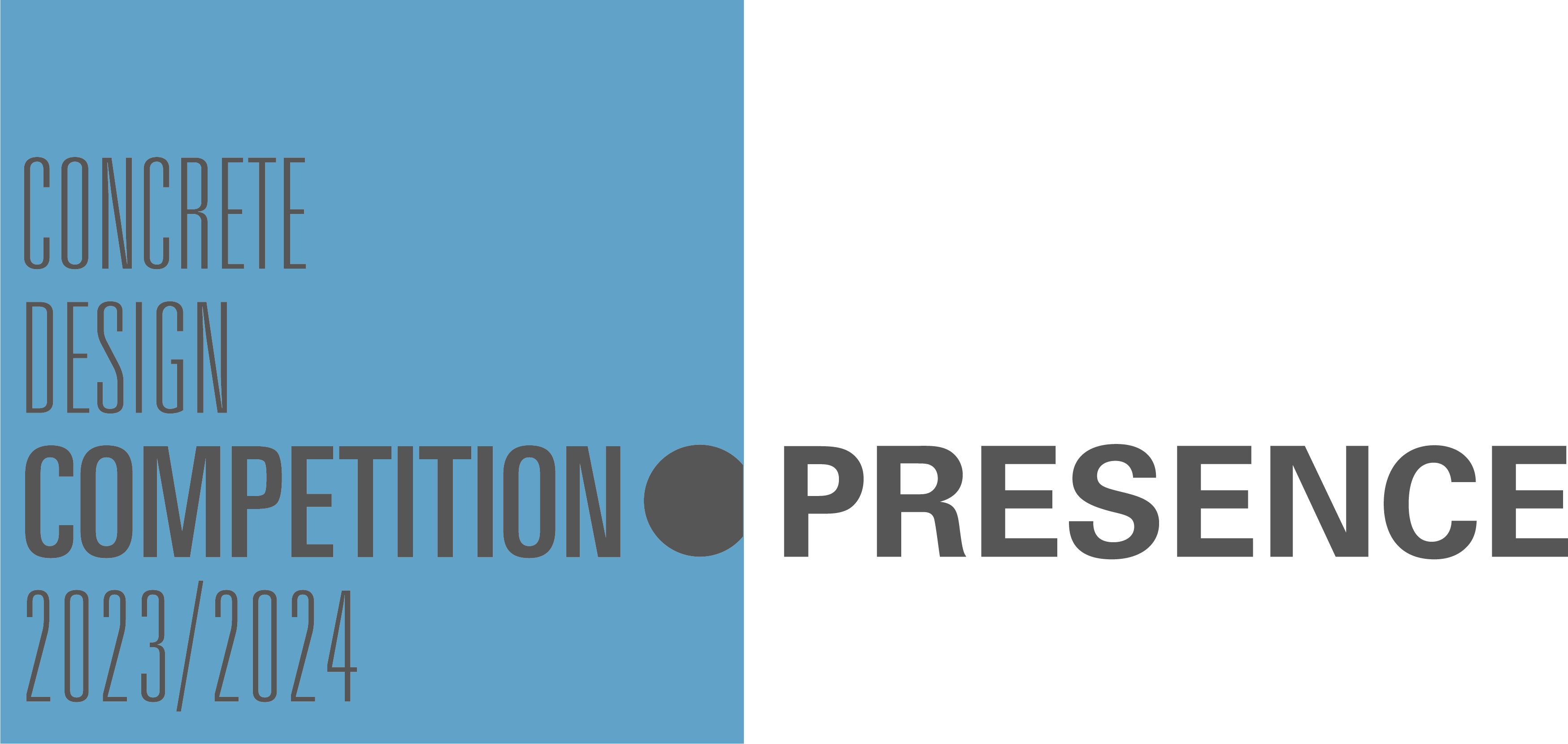Concrete is often perceived as gray, heavy, dull and cheap. Indeed it is the most used construction material in the world and thus can be found in many places and applications where economics are crucial. Nonetheless, concrete is also widely deployed to express specific architectural and aesthetic desires. Concrete’s nature of seamlessly copying the formwork it is made in - in terms of shape and texture -, makes it an ideal material to create many different expressions with. Varying from raw and rough ‘beton brute’, to sleek and slender high-performance structures and ultra-dense maintenance-free surfaces. It provides designers with endless possibilities to create slightly varying repetitions with pre-cast façade elements, truly three dimensional spatially complex building components, and as many surface treatments and textures one can imagine.
Tactility may be viewed as one of architecture’s main languages. We all recognize craftsmanship in cleverly detailed and beautifully executed pieces of architecture. From sensual wall textures in the works of Ando and Chipperfield, to sturdy and revealing structures of Zumthor and Olgiati. The material and especially the way it presents itself is as important as the work’s sculptural and functional presence. In the best examples they ‘come together’ and reinforce each other. Give meaning to the work and the way it is perceived. When architecture is described as our third skin, tactility should be one of our first areas of attention. It’s where architecture meets our bodies, where it interacts with our senses.
The 8th Concrete Design Competition on TACTILITY asks students of architecture, design and engineering to explore and exploit the potential of concrete’s properties with respect to any notion of TACTILITY. These can be related to inherent material properties, it’s production process, and to concrete’s application in new or existing structures. They may address aesthetic desires, structural systems or fabrication methods and comment on economic realities, sustainability demands or social issues.
This competition does not prescribe a specific location or program; participants can choose a context of their own that supports their fascinations and ambitions and that fits an acute presentation of their ideas. Proposals may range from objects, furniture and architectural details to housing, landscape interventions, complex buildings, infrastructure and structural systems. Competition entries need to address technical and functional aspects as well as formal and programmatic ones – ideas need to be tested through design proposals to convincingly demonstrate their potential. They will be reviewed on the combination of inventiveness in addressing the competition’s theme and architectural implications.
The 8th Concrete Design Competition – TACTILITY runs in three European countries during the academic year 2017 - 2018. National laureates will be invited to participate in a weeklong international workshop facilitated by the industry’s expertise featuring renowned lecturers and critics, further exploring concrete and tactility.
8TH CONCRETE DESIGN COMPETITION ON TACTILITY
TACTILITY; - tactile; of or connected with the senses of touch; perceptible by touch or apparently so: tangible; designed to be perceived by touch; given to touching others, especially as an unselfconscious expression of sympathy or affection.
OXFORD DICTIONARY OF ENGLISH
COMPETITION RESULTS
CC001 - Concrete Chair No. 1
Belgium (Honourable Mention)
Sofie Buelens – Thomas More University - Mechelen
CC333 - Concrete Column
Ireland (Joint Winner)
Ciara Mitchel, Matthew Nicholl & Conor Reid – Queens University Belfast
CL018 - Thinking about Concrete and Tactility – CONTRAST
Belgium (Honourable Mention)
Lucille Griffay & Chloé Michelon – University of Brussels – La Cambre Horta
FL963 - Maurice-Halbwachs-Bibliothek Lichtenberg
Germany (Joint Winner)
Florian Gick & Leon Steffani – UdK Berlin
MC935 - Dynamic Formwork
Belgium (First Prize)
Thomas Compeers & Yannick Michaud – University of Liège
MW193 - Kunstbibliothek in Zürich
Germany (Honourable Mention)
Mirco Wieneke – TU Berlin (ETH Zürich)
TY701 - Hush Up
Germany (Honourable Mention)
Eunyoung Cho – Burg Giebichenstein Kunsthochschule Halle
NATIONAL JURIES
Belgium
Abdelmajid Boulaioun (Chairman), Isabelle Blancke, Jörn Bihain, Yves Moreau & Oswald Verbergt
Germany
Christiane Bohlmann, Arndt Goldack, Ulrike Kunkel, Ulrich Nolting, Oda Pälmke, Johannes Schilling & Eduard Schmutz
Ireland
Maxime Leroussi, Gary Mongey, Carole Pollard & Patrick Wheeler
CONCRETE DESIGN MASTER CLASS ON TACTILITY
2018 / English
Documenting the Concrete Design Master Class on TACTILITY. Brussels, August/September 2018.
film:
Ryan McGaffney
editing:
Siebe Bakker
Participants:
Hanna Albrecht, Sinead Cameron, Thomas Compeers, Anja Eilert, Namid El Khorazaty, Paula Fleitas García, Lucille Griffay, Yannick Michaud, Ciara Mitchel, Matthew Nicholl, Eibhear O’Sullivan, Conor Reid, Barbara Standaert & Maja Tokarski
Tutors:
Siebe Bakker & Kim Degen
Experts, critics and lecturers:
Jorn Aram Bihain, Kristiaan Borret, Leo Van Broeck, Nicolas Coeckelberghs, Ruth Morrow, Annekatrien Verdickt, & Gregor Zimmermann
Support:
FEBELCEM
Photography:
Ryan McGaffney
The Concrete Design Master Class on Tactility has been made possible through the added support of: Cement Manufacturers Ireland & InformationsZentrum Beton

